Cash DefinitionCash is a physical or tangible form of currency widely accepted as a medium of exchange for goods and services. It is commonly used for payment and can take various forms, such as banknotes, coins, or other legal tender. Cash is typically issued by central banks and is considered a legal tender that individuals and businesses must accept within a country's borders as payment for goods and services. This means that cash is universally recognized and accepted as a valid means of payment, and it is the most liquid form of currency available. 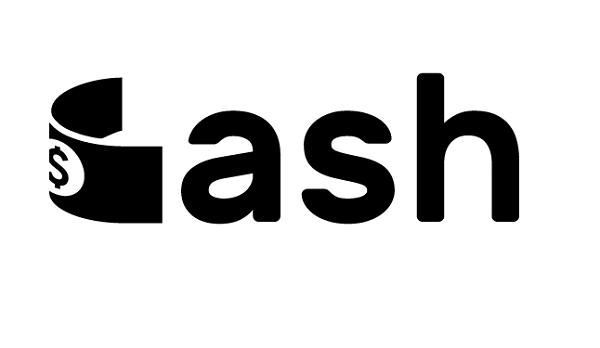
In addition to its use as a medium of exchange, cash is also a store of value, meaning that it can be held and used later. This makes it an attractive option for individuals and businesses who need to hold onto their wealth or savings for future use. Cash is also considered a reliable and secure payment, as it is difficult to counterfeit and requires no special technology or infrastructure. However, the use of cash is declining in some parts of the world as electronic payment methods become more widespread. History of CashAfter the Western Roman Empire collapsed, coins, silver jewelry, and hack silver (silver artifacts cut into pieces) were the sole legal tender in Western Europe for centuries until Venetian traders began utilizing silver bars for significant transactions in the early Middle Ages. In a further development, Venetian merchants began utilizing paper money and giving their banker payment instructions. Similar stamped silver bars were used in nations where Venetian traders maintained representative offices. For substantial payments, marked silver bars were employed by the Byzantine Empire, several Balkan nations, and Kievan Rus. A standard currency for worldwide installment was developed in the fourteenth century: the Spanish and Spanish pilgrim coin of eight reales. Coins rose as the global economy developed and silver resources increased, particularly after the colonization of South America. Its gold partner was the Venetian ducat. 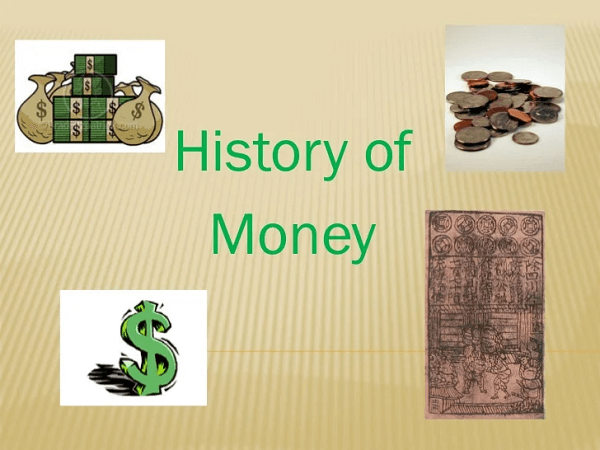
For marketplaces, several coin kinds would compete. By taking over foreign markets, the kings issuing the coins could increase their wealth through seigniorage, or the price differential between the money and the metal it was composed of. Lower nobility might imitate successful high nobility coin designs for seigniorage. The original's success was undermined by imitations, frequently of inferior quality. The imitation of silver types decreased when feudal states merged into kingdoms, but gold coins, in particular, the gold ducat and the gold florin, were still created as trade currencies: coins with no set value that were determined by weight. By creating trade currencies roughly similar to Spanish silver coins, colonial governments also attempted to undercut Spain's market dominance, but with little success. In the early piece of seventeenth hundred years, English East India Organization coins were stamped in Britain and transported toward the East. In Britain, over the long haul, the word cash was embraced from Sanskrit karsa, a load of gold or silver, however, likened to the Old Persian kasha, a unit of weight (83.30 grams). East India Organization money had both Urdu and English compositions on it to work with its utilization inside the exchange. In 1671 the overseers of the East India Organization requested a mint to be laid out at Bombay, known as Bombain. This was approved by the Crown in 1677, and the coins were produced as silver rupees with the imperial stamp of approval; the engraving reads "The rupee of Bombaim" under the authority of Charles II. Around this period, the Madras Mint began making coins for the East India Company. The rupee was the official currency in the company's Bengal and Bombay administrative territories. However, the company's finances in Madras were calculated using pagodas, fractions, fanatics, value, and currency. Before becoming popular in Europe, paper money was initially used in China during the Tang Dynasty 500 years ago. Marco Polo was shocked to see that people in China in the 13th century exchanged things for paper money instead of precious coins made of silver or gold. He went into great detail on how the Great Kaan utilized a piece of the Mulberry Tree to make paper money and how a seal was imprinted on the paper to certify it. Marco Polo also discusses the possibility of forgery and says that anyone discovered doing so would be put to death. In the 17th century, European nations began to involve paper cash to some extent because of a lack of valuable metals, prompting fewer coins to be delivered and placed into the flow. Right away, it was most famous in the states of European powers. In the eighteenth century, significant paper issues were made in settlements like Ceylon and the lining states of Essequibo, Demerara, and Berbice. The connection between cash supply and expansion was still defectively perceived, and the bank went under, delivering its notes useless because they had been over-given. The illustrations learned were applied to the Bank of Britain, which assumed a vital part in supporting the Peninsular Conflict against French soldiers, hamstrung by a metallic Franc de Germinal. Now that nation-states can print money, they are in charge of lowering inflation by controlling the money supply. It also eliminated the relationship between the coin's metal and its worth. While some large silver and gold coins were still circulated as late as 1927, coinage generally stopped being used as money in 1816. Standard coinage disappeared significantly during World War I. Following that, common gold coins?primarily British sovereigns?would continue to be used in colonies and less developed nations, while silver Maria Theresa thalers?minted in 1780?would be used as trade currency for nations in East Asia until 1946, and maybe even later locally. Cash has now turned into a tiny piece of the cash supply. Its excess job is to give a type of money stockpiling and installment for the people who don't wish to participate in different frameworks and make small installments helpfully and expeditiously; however, this last job is being supplanted increasingly more regularly by electronic installment frameworks. Research has found that the interest for cash diminishes as charge card utilization increments since dealers need to roll out less improvement for client buys. The circulation of cash is rising. Between 2007 and 2012, there was a 42% growth in the value of the US dollar in circulation. Between 2008 and 2013, the value of circulating British pound banknotes climbed by 29%. Between August 2008 and August 2013, the euro's value in circulation grew by 34% (2% of the rise was attributable to Slovakia's 2009 and Estonia's 2011 adoptions of the euro). Cash in CirculationThe quantity of cash in circulation statistically increases around holidays, tax filing deadlines, and pay periods, all anticipated by banking institutions. Banks often only store relatively tiny quantities of cash because holdings do not generate interest and can result in security issues (bank robbery). The amount of money in circulation only stays the same when banks provide their bank customers cash from their cash holdings or accept cash deposits from their clients. 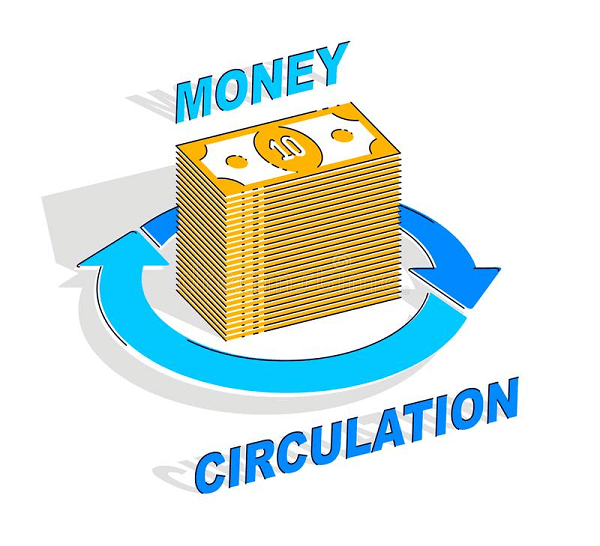
The proportion of the cash available for use comparable to the GDP (cash to Gross domestic product proportion) is a decent mark of cash utilization and installment conduct in an economy. In nations like the US, expanded utilization of charge and Mastercard is expanding how much cash is available at a slower rate than in nations with a high measure of cash installments. In 2018, it went from 1.3% (in Sweden) to over 21% (in Japan), 10.5% in Switzerland, and 10.7% in the eurozone. The paradox of banknotes has been occurring in the eurozone since roughly 2018, made worse by the COVID-19 epidemic. It shows that while the proportion of cash transactions has fallen, the amount of currency in circulation has dramatically grown. Studies reveal that negative interest rates and the growing trend of cash-only families are contributing factors. Many other currency zones, like the USA and Japan, have also noticed this effect. Competition of Cash1. Cashless PaymentsA civilization that does away with a real currency like banknotes and coins in favor of "digital" equivalents like debit and credit cards is known as a "cashless society." From the very dawn of human history, cashless civilizations have existed. During this time, a wide range of commercial transactions were carried out via barter and other forms of exchange. Credit and debit cards, electronic money transfers, and mobile payments have all steadily replaced the usage of banknotes since the 1980s, but considerably more slowly than was anticipated. Since more than 40 years ago, the idea of a cashless society has been floated, yet the most common form of payment utilized globally and across all continents is still cash. With Austria having 85%, Germany having 80%, and France having 68% of all payment transactions, cash accounts for more than 50% of all transactions in 17 of the 24 nations under study. UK (42%), Australia (37%), the US (32%), Sweden (20%), and South Korea (14%) are among the nations with the lowest cash usage. 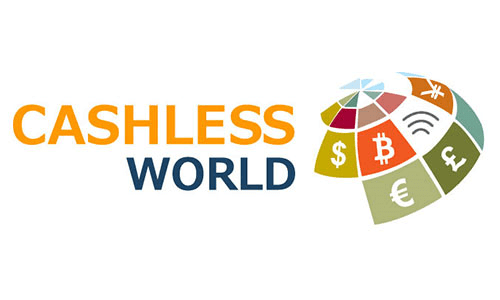
By the 2010s, cash was not generally the favored strategy for installments in the US. In 2016, the US Client Buyer Review Study revealed that three out of four members favored a charge or Visa installment over cash. A few countries have added to this pattern by controlling what kind of exchanges can be led with cash and drawing certain lines on how much cash can be utilized in a solitary exchange. For unbanked individuals with low incomes, cash is still the principal method of payment (and store of value), which helps them avoid falling into debt traps brought on by reckless spending. It encourages anonymity and forgoes political or economic surveillance. Cash is also the solely available resource for contingency planning, which is used to reduce risks in the event of natural catastrophes or breakdowns of the technological infrastructure, such as widespread power outages or communication network shutdowns. As a result, governments and central banks are increasingly responsible for ensuring enough cash supply. The US Central Bank has given rules to the progression of cash administrations. The Swedish government is worried about the outcomes of leaving cash and is considering passing a regulation requiring all banks to deal with cash. 2. Digital and Virtual CurrenciesA distributed ledger, such as blockchain, is a cutting-edge technology that may be used for decentralized asset management. "Digital currency" refers to various methods that permit safe public transactions. The use of virtual digital currencies in the marketplace, including in payment and money transfer systems, has been made possible by the blockchain 1.0 era. It is thinking of creating an electronic version of the federal money with the central bank acting as the issuer and backing it. A central bank or a government agency does not issue virtual money, often known as Bitcoin, a digital representation of value. Facebook's concept for the diem is based on a token that financial resources, such as a basket of several national currencies, would back. 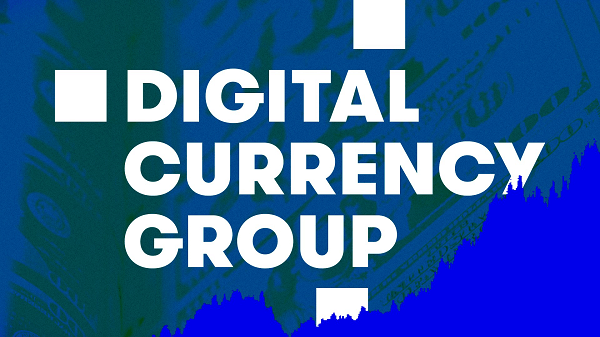
In 2012, the Bank of Canada was thinking about presenting advanced money. In the interim, it rates computerized money as a genuinely confounded choice. It is breaking down the upsides and downsides and attempting to decide under which conditions it might sound good to, at some point, issue advanced cash. As a danger, a national bank's computerized cash could build the gamble of a sudden spike in demand for the financial framework. Sveriges Riksbank, the Swedish central bank, reportedly analyzed technology developments related to electronic money and payment mechanisms for digital currency as a cash substitute in 2012. It is determining in 2019 if the Swedish krona, or "e-krona," should be made available online and, if so, how that will impact Swedish law and the Riksbank's mandate. It has begun looking for a technology vendor to create and test solutions for a future e-krona. The issue of an e-krona has not yet been decided. 3. Costs to PaymentsAccording to a 2017 study by the Deutsche Bundesbank, payments made in cash cost an average of 24 cents in retail, payments made with a Giro card cost 30 cents (or frequently 0.3 to 0.4% of sales plus a transaction fee), and payments made with a credit card cost one euro, which is already factored into the price of the item. Because of this, merchants frequently decline card payments that are less than a minimum threshold. Depending on the account type, there may also be booking fees for the account holder, with an average fee of 35 cents for each posting applied to the account. Commercial banks and credit card providers favor cashless transactions since it is such an easy source of revenue. 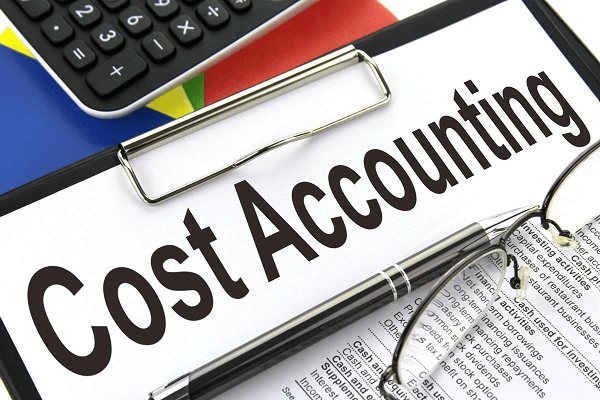
The Know Your Customer (KYC) principle is often applied in cashless payment transactions, linking the payer's personal information to the payee's data and verifying the payment. It is possible for both the payer and the payee to track the payment process exactly. A complete recording of transactions involving cashless payments and an evaluation of those transactions for marketing and advertising campaigns are made possible by digitalization's continuous growth. There is a greater chance of exploitation because this digital record is often more centralized than before. However, cash transactions are private until buying patterns are tracked with loyalty programs based on client cards, which maintains the payment landscape's level of competition.
Next TopicCell Membrane Definition
|
 For Videos Join Our Youtube Channel: Join Now
For Videos Join Our Youtube Channel: Join Now
Feedback
- Send your Feedback to [email protected]
Help Others, Please Share










